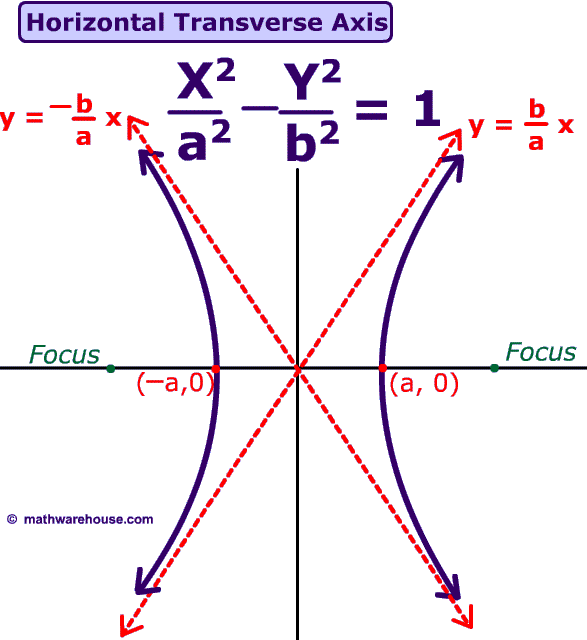Now to find the slope of a line, we need to know 2 points on the graph, represented by (x,y). Now we replace that first y with f(x) to give us (x, f(x)) and replace the second x and y with (x+h), f(x+h). Now if we were to use the slope formula we would get:
f(x+h)-f(x)/(x+h)-x. And like any other algebraic problem, we simplify, canceling the x's on the bottom, giving us the difference quotient.
Now you know where the difference quotient comes from. However, in calculus, we proceed further, to find what is known as derivatives. When finding the derivative, all possible tangent lines of a graph, you would find the limit as h approaches 0. But why 0? A tangent line touches a graph only once, while the secant line touches the graph TWICE. So, in order for us to get one point, we can basically have those two points on top of each other... meaning that they are in the same place. We are able to get them to sit on top of each other by decreasing the "h", the distance between the two points. The smaller "h" is the closer the two points are. Therefore, we have our limit as h approaches 0 because we can't actually have it at 0, but we can get it pretty darn close.
For a visual, go watch this video:




























